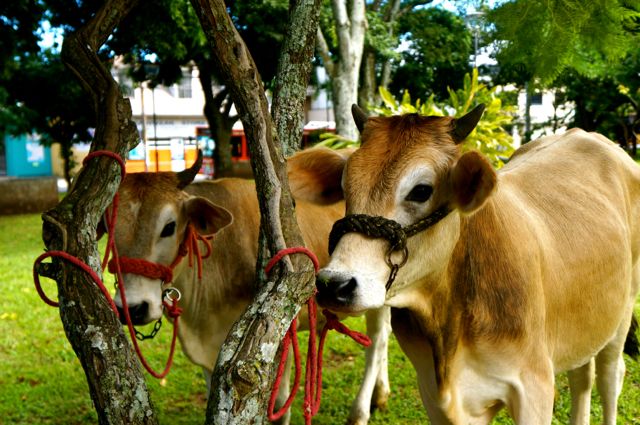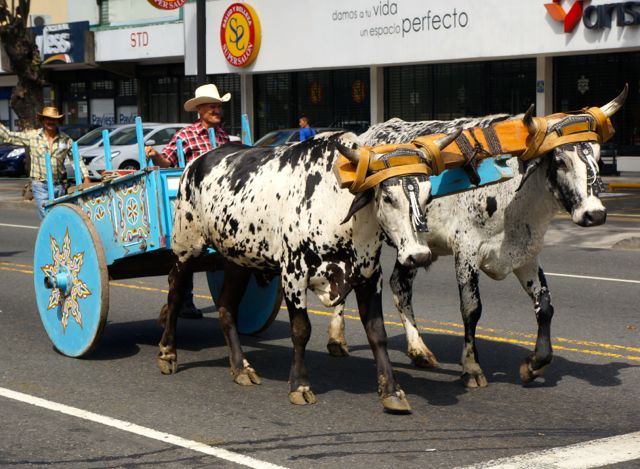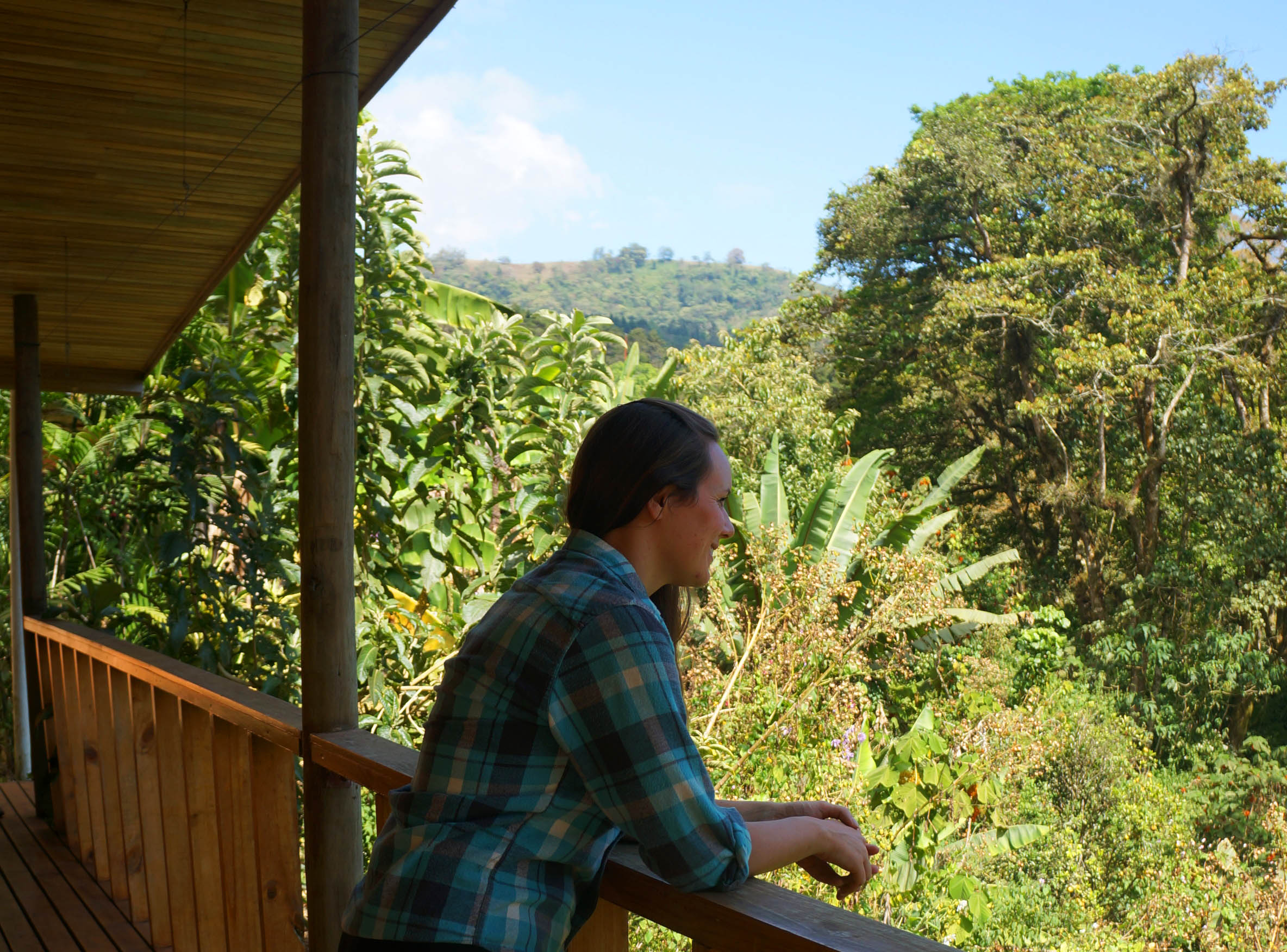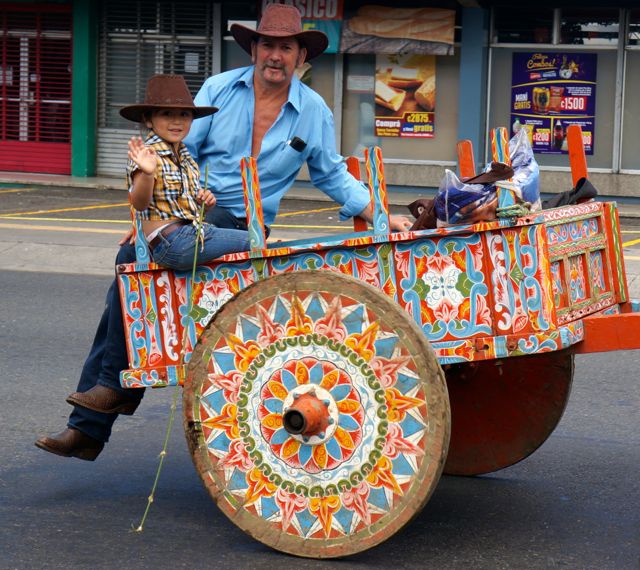It's hard to believe I lived in Costa Rica for a year and a half. Well, that's not entirely true. Some days it felt as if I' was there for an eternity and never had any life other than the one was
The walls of the open-air lounge at Rancho Armadillo Estate are adorned with newspaper clippings with headlines that read “The Kindest Hotel Owner in Costa Rica” and "Rancho Armadillo: Like Visiting a Friend With a Really Cool House." There are pictures of local
One week. After one year, five months and four days of living abroad in Costa Rica, one week is all I have left of my life in the rainforest. Beyond that week lies a future filled with unknowns. The pending end
Standing atop a damp crag of a rock, peaking over the edge of Montezuma Falls as a stream of water swiftly plummets downward, violently kicking off the jagged cliff side and bucketing into the deep pool below, I felt something I
With only one day to spend in Santa Teresa and miles of beaches to explore, my Tico travel buddy and I knew we needed a way to cover a lot of ground fast. With a set of wheels in the
Bright pink hues of the rising sun filter through the verdant treetops and softly land at the base of my bed, before melting into a bright yellow. It is dawn in Montezuma, Costa Rica and from my vantage point in
Today I'm headed back to the United States to spend Christmas with my family in Maryland and ring in the New Year with a few of my travel buddies from Madrid in Washington D.C. I can't wait to spend time
 If there's one defining symbol of Costa Rican culture, it has to be the oxcart (ok, apart from football jerseys, coffee and cerveza Imperial, that is).
The importance of the oxcart, or carreta, dates back to the mid-nineteenth century. The elaborate, hand-painted carts were first used as a means to transport coffee beans.
If there's one defining symbol of Costa Rican culture, it has to be the oxcart (ok, apart from football jerseys, coffee and cerveza Imperial, that is).
The importance of the oxcart, or carreta, dates back to the mid-nineteenth century. The elaborate, hand-painted carts were first used as a means to transport coffee beans.
 While coffee is now Costa Rica's sixth largest export to the tune of $362 million annually, the crop is actually not native to the country; the Arabica coffee plant was introduced in the 1700s. The fertile soil, high altitude and cool climate of Costa Rica's Central Valley, made it the ideal environment for the crop to flourish.
In 1829 coffee became one of Costa Rica's top exports, surpassing tobacco, sugar and cacao. The capital city of San Jose boomed as wealthy coffee barons and traders made the city their base in the Central Valley.
While coffee is now Costa Rica's sixth largest export to the tune of $362 million annually, the crop is actually not native to the country; the Arabica coffee plant was introduced in the 1700s. The fertile soil, high altitude and cool climate of Costa Rica's Central Valley, made it the ideal environment for the crop to flourish.
In 1829 coffee became one of Costa Rica's top exports, surpassing tobacco, sugar and cacao. The capital city of San Jose boomed as wealthy coffee barons and traders made the city their base in the Central Valley.
 With no railroad built until 1890, coffee producers were faced with the challenge of transporting beans from the Central Valley over steep and winding mountains to the port of Puntarenas on the Pacific Coast. Ticos solved this challenge with the use of oxcarts.
With no railroad built until 1890, coffee producers were faced with the challenge of transporting beans from the Central Valley over steep and winding mountains to the port of Puntarenas on the Pacific Coast. Ticos solved this challenge with the use of oxcarts.

Traveling less and living more has allowed me to learn how to experience Costa Rica like a local.
Guatemala is a beautiful travel destination for female solo travelers full of natural beauty, history and culture. Some simply safety precautions can help you to have an enjoyable and safe trip. Follow these top tips for women traveling to Guatemala.











